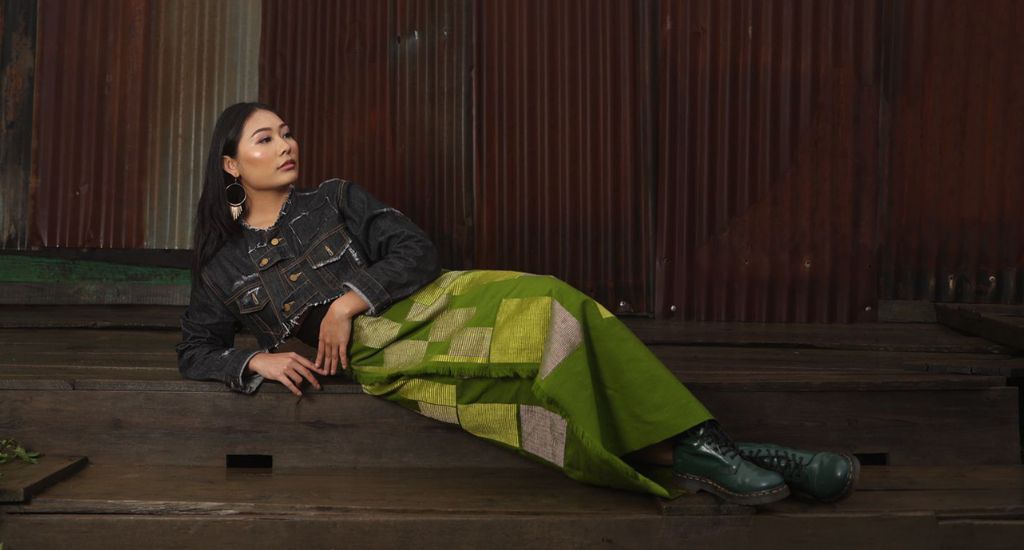
This Manipur designer’s creations echo tribal roots
Designer Easternlight Zimik draws from tribal heritage for his latest kashan (wraparound) collection, aiming to redefine conventional attire and empower rural Ukhrul's weavers.

Designer Easternlight Zimik draws from tribal heritage for his latest kashan (wraparound) collection, aiming to redefine conventional attire and empower rural Ukhrul's weavers.
As an indigenous designer, ‘identity’ is a key concept that designer Easternlight Zimik uses to describe his works. Having spent years in Delhi and Mumbai and after working with reputed designers such as Gaurav Gupta and Manish Arora, Zimik moved back home in Manipur earlier this year to start his lifestyle brand called East to promote Manipur traditional clothing.
The decision to return to his roots stemmed from many reasons but the most important among them all, Zimik shared, was the lack of representation of his people and their identity in the mainstream creative fields.
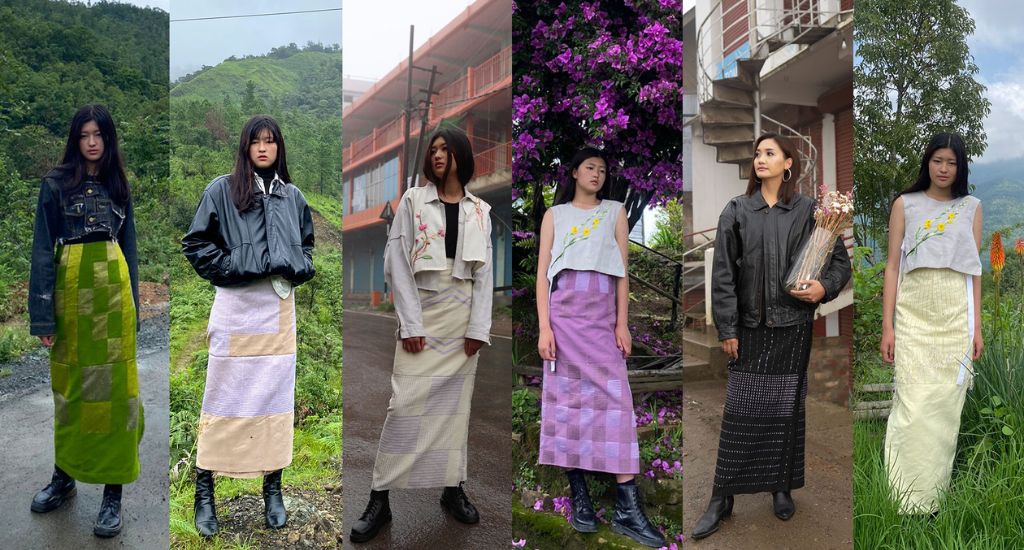
“Considering the crisis of identity that exists in the metros, I didn’t want my identity to assimilate into this mass culture. That pushed me to work on something in the textile industry that would help represent the culture and identity of my people,” said Zimik, who belongs to the Tangkhul Naga tribe.
This drew him back to his hometown of Ukhrul in Manipur as he felt the need to thoroughly re-immerse himself into the culture of his people to start the project. In the end, the inspiration for this project came in the form of an important piece of clothing draped by the women from his community – a kashan or mekhala, a Manipur traditional clothing.
“The kashan is one of the most visible cultural elements of my tribe but this colourful wraparound, which was once worn daily, is now being seen as clothing only for formal occasions,” Zimik said, “I wanted to recapture part of our past culture by turning the kashan into a fashionable piece of clothing that can be worn casually.”
Also Read: Tangkhul Naga catering start-up transforms traditional feasts
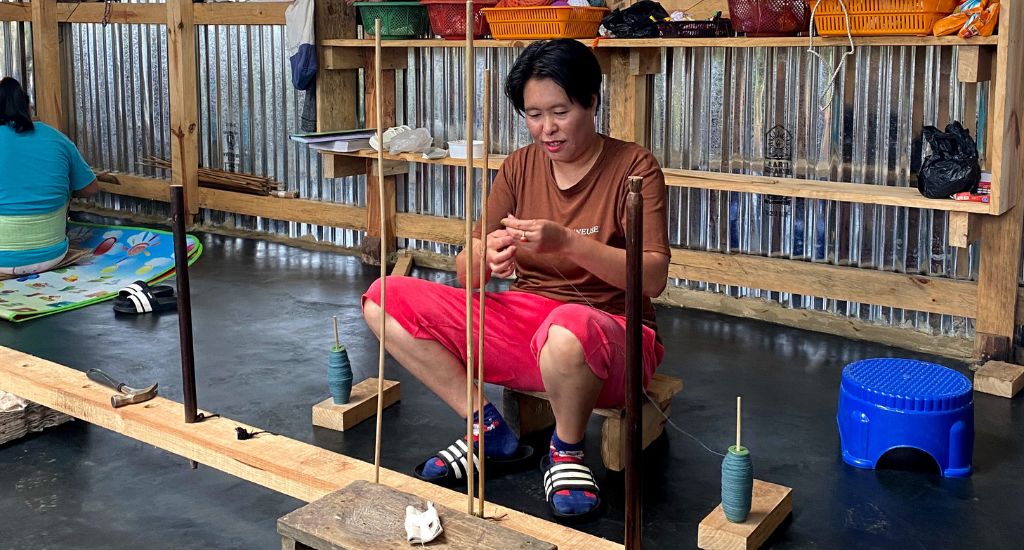
For it to materialise, there were two major issues he had to tackle.
The first was a functional issue. The traditional clothing material used is hard, rigid and uncomfortable. Other than a proper tuck, it doesn’t use any harness to keep it on the waist. It had become a skill to don a kashan and the younger generation was finding it hard to keep up. To turn the Manipur traditional clothing into fashionable casual wear, modifications were needed to be made to its fabric and features.
This was where the second issue of cultural appropriation arose.
“Our tribe can be very sensitive when it comes to our culture and I didn’t want to hurt the sentiments of our people by bringing in modifications to the traditional kashan that has been part of our culture for so long,” Zimik said.
Also Read: Manipuri film ‘Andro Dreams’ dribbles past gender stereotype
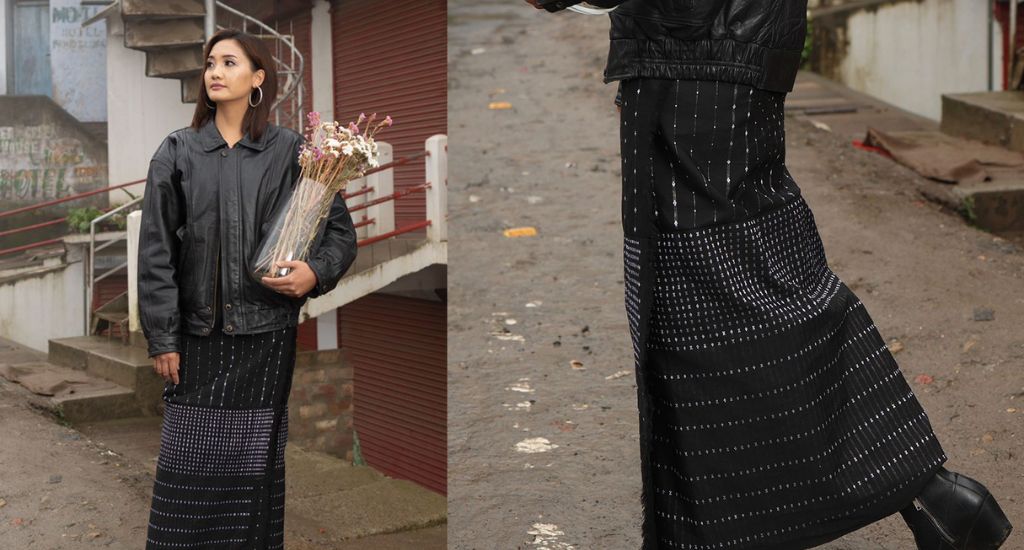
These factors led him to come up with a collection titled Shim (home) comprising six designs that have roots in his culture but differ from the traditional outfit. He addressed the functionality issue by incorporating softer fabrics and belt buckles and making other small modifications. Since its launch, the collection has garnered support from local women as well as patrons from the community living in Nagaland and outside.
The colour, design, motifs and patterns used in the collection are inspired by everyday elements, nature as seen from his hometown, and local architecture. For instance, the tunsop pattern has been borrowed from the traditional bamboo baskets of Sihai village, an integral item used during the ngala katha (bridal march) at a traditional Tangkhul wedding.
The akongra pattern is inspired by the wall planks of a lengcheng shim (traditional Tangkhul house) which carries the marks of a chisel. It is a repeating motif in three outfits from the collection. On the other hand, the rasi design is inspired by the traditional weaving patterns and is a tribute to the starry night skies of Ukhrul.
These patterns have been woven, crafted and embroidered by women weavers from Ukhrul. Zimik is all praise for the weavers for safeguarding and preserving their art. He believes that celebrating the craftsmanship of these women through fashion will help them get the appreciation they deserve.
Also Read: Manipur’s folk-rock band hits the right notes
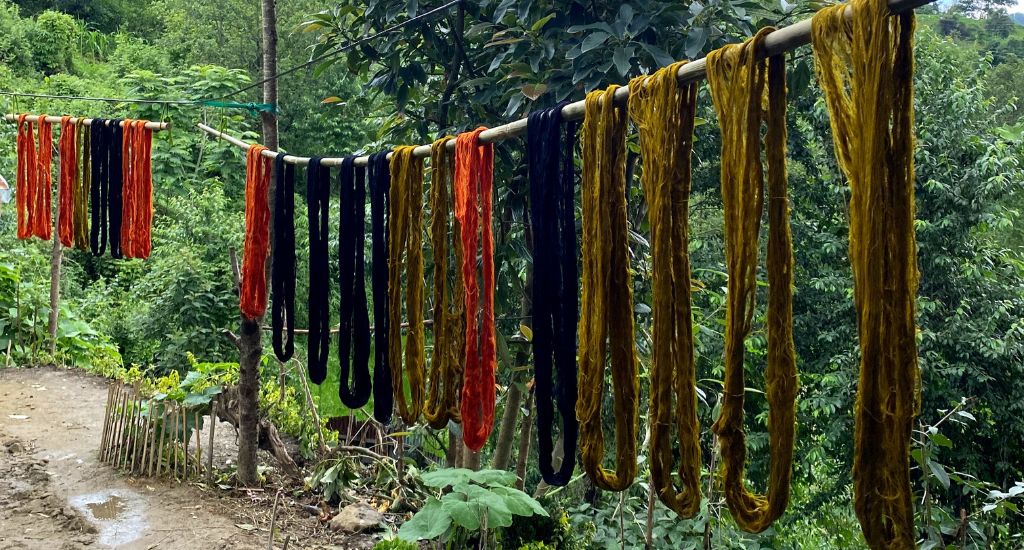
“I’m blown away by the creativity of the weavers who don’t realise how creative they actually are. They never get the credit for their work but I hope we can celebrate their skills through this collection,” he said.
Currently, Zimik employs four weavers who earn comparatively more than their peers who weave independently. However, he hopes that he will be able to employ more women in the days to come.
“For me, success as a designer would come when I can employ more weavers to empower them and to celebrate their creativity,” he said.
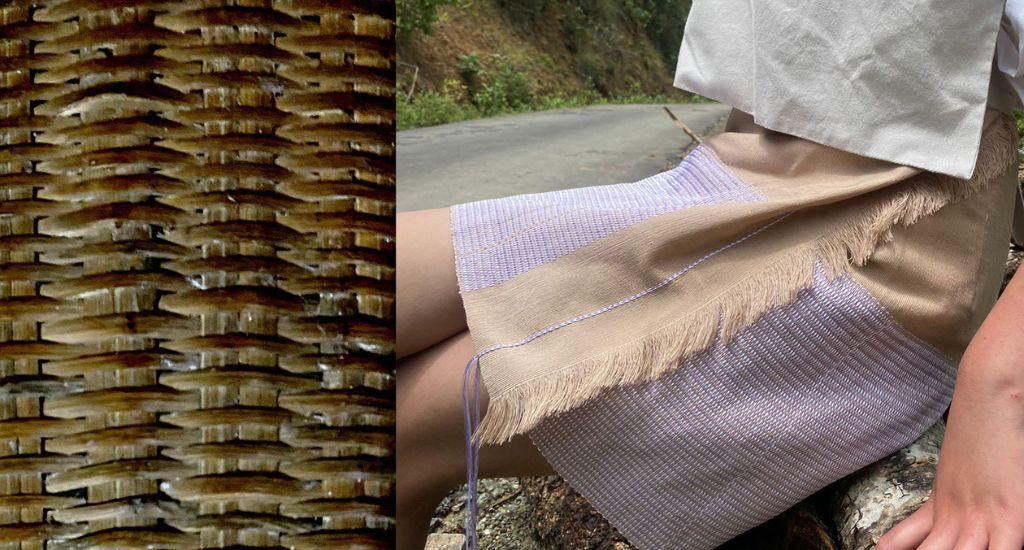
Also Read: What stops rural enterprises from growth and prosperity?
Easternlight Zimik’s kashan collection is set to be shown during the North East Festival in New Delhi from 22-24 December 2023. The East Lifestyle brand also features cushions and bags with traditional patterns and motifs.
The lead image at the top shows a model wearing the khaying kashan designed by Easternlight Zimik. (Photo courtesy East label)